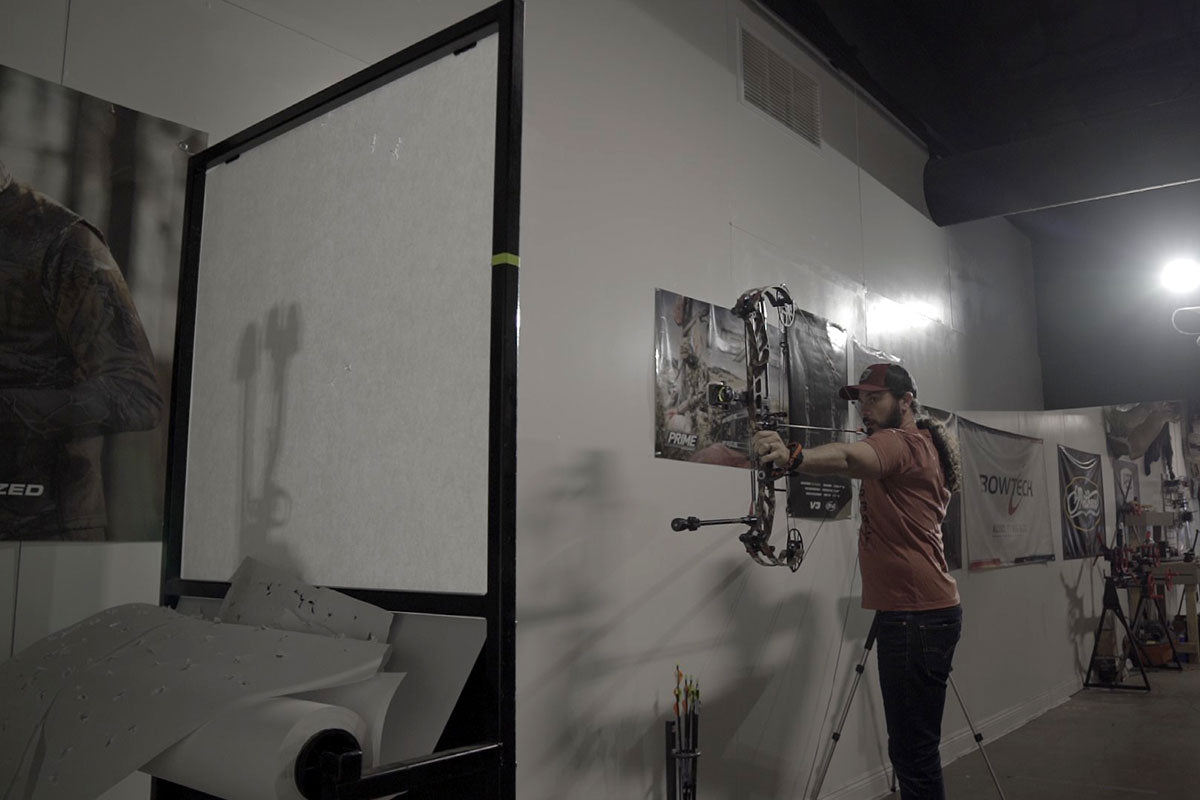Paper Tuning Arrows: The Key to Perfect Bow Performance
Table of Contents
When it comes to tuning a bow, there are many methods to achieve the same goal: optimal arrow flight. The importance of a properly tuned bow cannot be overstated, as it directly impacts accuracy, consistency, efficient broadhead flight, and maximum penetration on animals. These factors are crucial for any bowhunter.
Now, you might be wondering which tuning method is superior. Well, the answer is subjective and depends on who you ask. However, in this article, we will explore the most popular ways to tune a bow, providing you with a clear path to achieving peak performance.
Before You Begin
Before delving into the different tuning methods, it is essential to address a few important factors. While tuning greatly influences arrow flight, it is not the sole variable to consider. You must ensure that your bow setup (draw length, draw weight, etc.) is accurate and that you are shooting arrows with the proper spine. Additionally, focus on improving your shooting technique and consistency. Seeking guidance from an archery coach can be highly beneficial and significantly impact your overall performance.
Paper Tuning: The Popular Choice
If there was a title for the most popular tuning method, it would undoubtedly go to paper tuning. This technique involves shooting an arrow through a suspended sheet of paper placed a few feet in front of a target. By analyzing the resulting hole in the paper, you can determine if the arrow is flying straight or displaying any misdirection.
The tear or hole’s shape and direction reveal how you need to adjust the bow to achieve the perfect bullet hole. Typically, minor adjustments to the arrow rest are sufficient, especially if you have a micro-adjustable rest. However, other factors like cable twisting, arrow spine, draw weight, and point or tail weight can also influence the tear pattern.
Remember, if your initial adjustments do not yield the desired results and you consistently observe a tear pattern, it is possible that other issues are affecting your arrow flight. In such cases, seeking assistance from an archery pro shop is advised.
Walk Back Tuning or French Tuning: User-Friendly Methods
Walk Back Tuning and French Tuning are two similar and user-friendly tuning methods. Walk Back Tuning involves shooting arrows from 10-20 yard increments at a vertically placed piece of tape running from top to bottom. The goal is to observe any left-right variance as the arrow falls and gradually adjust the rest until no variance remains.
Similarly, French Tuning condenses the process by starting at 3 yards and aiming at the bullseye with your 50-yard pin. Afterward, you move the target out to 50 yards and adjust the rest based on left-right variance.
These methods are excellent options for beginner bowhunters, providing an efficient path to accurate shooting.
Bare Shaft Tuning: The Precision Technique
Bare Shaft Tuning has gained popularity in recent years due to its precision. By removing the arrow’s fletching or vanes that help stabilize flight, this method reveals how the arrow performs without correction. Group tuning with bare shafts involves shooting both fletched and bare shafts at the same target to identify any variances.
After ensuring that your fletched shafts group well together, shoot a fletched shaft followed by a bare shaft at 20 yards. If they hit the same dot tightly, your bow is properly tuned. Otherwise, make slight adjustments to the arrow rest to correct any discrepancies. Additionally, factors such as draw weight, arrow length, and point weight can influence bare shaft flight.
Bare shaft tuning is more suitable for experienced shooters who prioritize precision. Proper form and technique are critical for successful results.
The Ultimate Result
Ultimately, the method you choose to tune your bow depends on your personal preference and shooting style. What matters most is achieving consistent accuracy with broadheads. Whether you spend a few minutes paper tuning or invest several hours in intricate tuning methods, dialed-in performance is what truly counts. After all, the target or animal you encounter won’t notice the difference.
About the Author:
Josh Kirchner, the author of Becoming a Backpack Hunter and the voice behind Dialed in Hunter, is an avid bowhunter with a deep passion for the sport. His blog documents his own hunting journey, offers gear reviews, provides tips and tactics for western hunting, and encourages fellow hunters to pursue their goals. When he’s not chasing elk, deer, bear, and javelina through Arizona’s diverse terrain, he spends quality time with his wife, daughter, and two herding dogs.
For more information on tuning your bow and finding the perfect gear, visit Quill And Fox.

